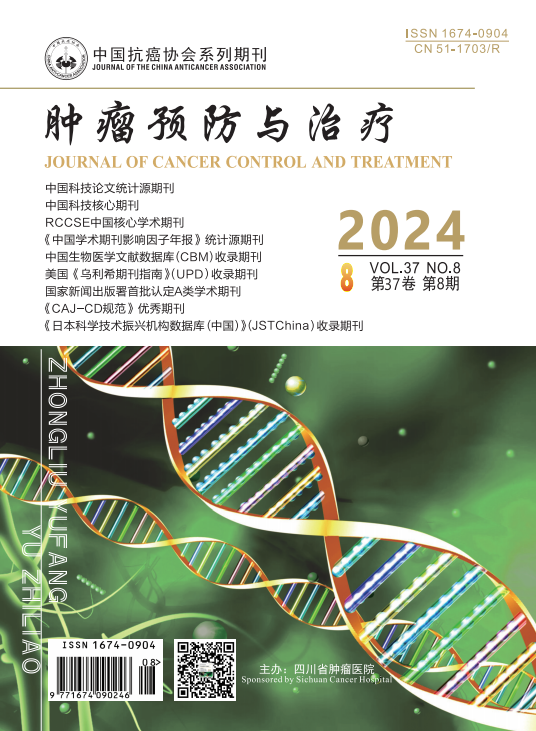机械臂放射治疗中超声引导可见光波段光学定位的评价
引用次数: 1
摘要
在许多医疗领域,设备的空间定位对于例如正确提供治疗或进行准确的诊断评估至关重要。在可用的不同技术中,光谱可见波段的光学定位具有许多优势:与其他仪器的干扰最小,所使用设备位置的灵活性以及诸如患者/操作员表面跟踪或生命体征监测等额外功能。它在放射治疗领域的应用是新颖的,潜在的非常有益的。在这项工作中,我们介绍了一个工作流程来测试这些系统之一的可靠性,该系统是我们自己开发的,用于定位超声引导放射治疗(USgRT)的超声换能器。准确度、精密度、潜伏期、敏感体积和对光强的敏感性进行了评价。我们提出的工作流程允许我们确定,虽然系统的所有临床相关参数都是可接受的,但定位换能器的精度可能差至7-8毫米,因此不能接受系统的预期目的。本文章由计算机程序翻译,如有差异,请以英文原文为准。
Evaluation of Optical Localization in the Visible Band for Ultrasound Guidance in Radiotherapy Using A Robotic Arm
In many medical fields, spatial localization of devices is of paramount importance to e.g. deliver treatments correctly or to perform accurate diagnostic evaluations. Among the different technologies available, optical localization in the visible band of the spectrum offers many advantages: minimum interference with other instruments, flexibility in position of the devices used and extra features such as patient/operator surface tracking or vital signs monitoring. Its application in the domain of radiotherapy is novel, and potentially very beneficial. In this work we introduced a workflow to test the reliability of one of these systems, developed in house, to localize an ultrasound transducer for ultrasound guided radiation therapy (USgRT). Accuracy, precision, latency, sensitive volume and sensitivity to light intensity were evaluated. The workflow we proposed allowed us to establish that, while all the clinically relevant parameters of the system are acceptable, accuracy in locating the transducer could be as poor as 7-8 mm, therefore not acceptable for the intended purpose of the system.
求助全文
通过发布文献求助,成功后即可免费获取论文全文。
去求助
来源期刊
自引率
0.00%
发文量
4122
期刊介绍:
Journal of Cancer Control and Treatment is a journal of the Chinese Anti-Cancer Association. It was founded in 1973 and is one of the earliest academic journals on oncology in my country.
The main columns include expert reviews, applied basic research, clinical research, clinical experience and technical exchanges, reviews and lectures, free forums on tumors, short stories and case reports, medical case discussions, newsletters, etc. Medical staff are welcome to submit manuscripts. The solicitation includes tumor epidemiology, basic tumor research, tumor pathology, clinical diagnosis and treatment experience of tumors, new arguments in tumor research and clinical practice, tumor nursing, and foreign tumor research trends.

 求助内容:
求助内容: 应助结果提醒方式:
应助结果提醒方式:


